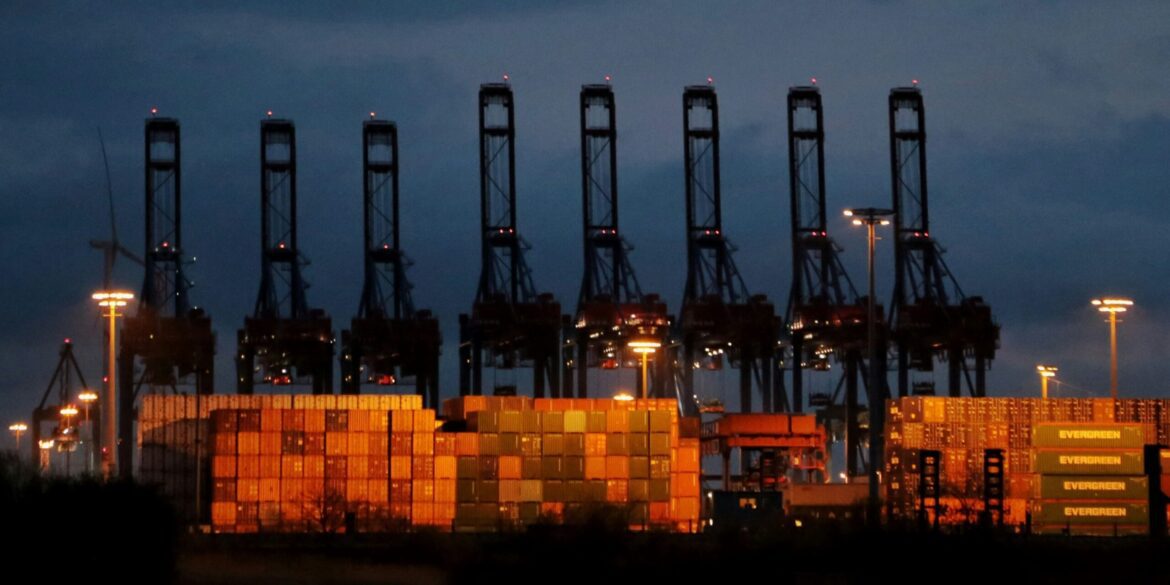Washington D.C. — On June 1, 2025, President Donald Trump announced a dramatic increase in tariffs on imported steel, raising the duty from 25% to 50%. This move has escalated existing trade tensions with China, jeopardizing a recently established truce in the ongoing U.S.-China trade dispute.
Background of the Tariff Escalation
The Trump administration has consistently pursued a protectionist trade policy focused on reviving American manufacturing. Steel tariffs, initially introduced in 2018, were part of this strategy to shield U.S. producers from what the White House has described as “unfair competition” due to subsidies and dumping by foreign steelmakers, particularly China.
This latest increase marks a significant intensification of that policy. Citing concerns over national security and the health of the domestic steel industry, the administration justified the 50% tariff as necessary to support U.S. jobs and production capacity.
Immediate Fallout and Chinese Response
China swiftly condemned the tariff hike, labeling it a “serious violation” of the trade agreement signed earlier this year that aimed to ease hostilities. Chinese officials criticized the move for undermining the trust built during recent negotiations and vowed retaliatory measures targeting U.S. agricultural exports and technology companies.
Trade analysts warn that the tariff increase risks unraveling months of diplomatic progress. “This is a serious escalation,” said Laura Chen, a trade economist at the Peterson Institute for International Economics. “We could see a cascade of countermeasures that would disrupt global supply chains and exacerbate inflationary pressures.”
Impact on U.S. and Global Markets
Financial markets reacted with volatility following the announcement. The Dow Jones Industrial Average dropped 350 points on June 2, while the U.S. dollar weakened against major currencies. Commodity prices, including iron ore and crude oil, saw fluctuations as investors assessed the potential impact on global trade.
U.S. steel producers welcomed the tariff hike, expecting a boost in domestic demand and pricing power. However, industries reliant on steel imports—such as automotive, construction, and machinery manufacturing—warned of increased input costs that could be passed on to consumers.
John Rivera, CEO of a midwestern auto parts manufacturer, commented, “While protecting steel jobs is important, we worry about the ripple effects on production costs and competitiveness.”
Political Ramifications at Home
The tariff escalation is expected to dominate Congressional debates in the coming weeks. While some Republicans support the administration’s hardline stance, arguing it protects American workers, others voice concerns about potential harm to allied trade relationships and consumer prices.
Democrats have largely criticized the move as reckless and counterproductive, urging the administration to pursue more diplomatic channels. Senator Amy Caldwell (D-MA) stated, “Tariffs are a blunt instrument that often hurt the American consumer and escalate tensions unnecessarily.”
Context Within Broader U.S.-China Relations
This tariff decision arrives amid a broader geopolitical contest between the U.S. and China, touching on issues from technology dominance to human rights concerns. The two nations have recently agreed on limited trade compromises, but trust remains fragile.
The U.S. has also tightened visa restrictions on Chinese students and researchers, citing security risks, which Beijing views as discriminatory. These tensions contribute to an increasingly complex bilateral relationship that affects global economic stability.
International Responses and Outlook
Allies in the European Union and Asia have expressed concern about the tariff hike, fearing a return to tit-for-tat protectionism. The World Trade Organization (WTO) has urged both countries to adhere to negotiated agreements and avoid escalating disputes.
Trade experts predict the situation may lead to renewed negotiations under international mediation. However, the risk of a full-scale trade war has increased, threatening economic growth worldwide.
What’s Next?
The administration has indicated that the tariff increase is part of a broader strategy to pressure China into more substantive concessions on intellectual property rights, technology transfer, and market access. Upcoming meetings between U.S. trade representatives and Chinese officials will be closely watched for signs of de-escalation or further conflict.
Meanwhile, businesses and consumers face uncertainty, as supply chain disruptions and price increases could persist.

